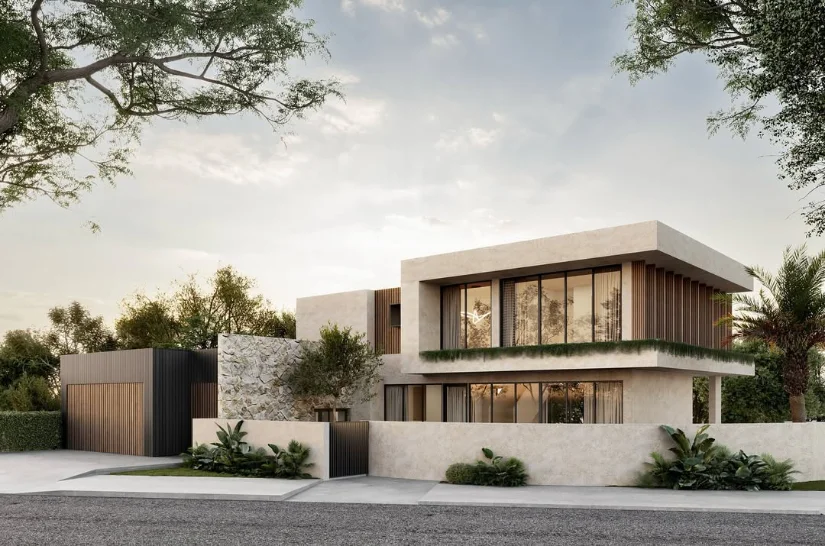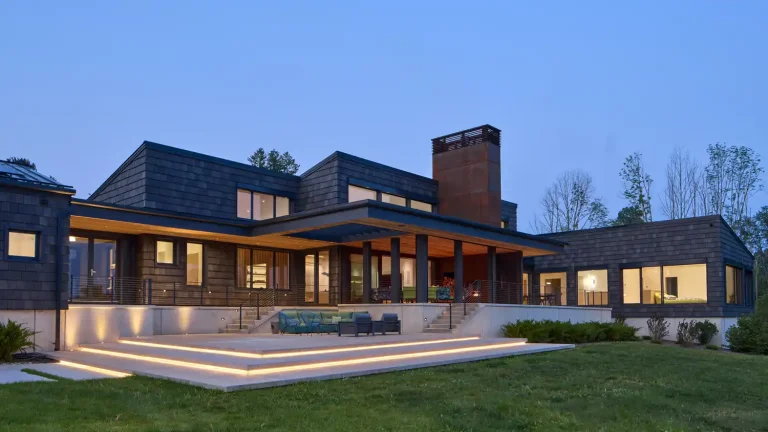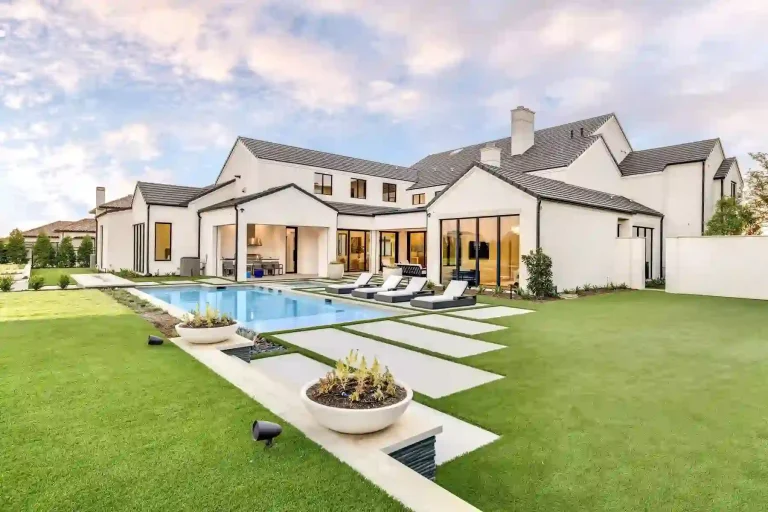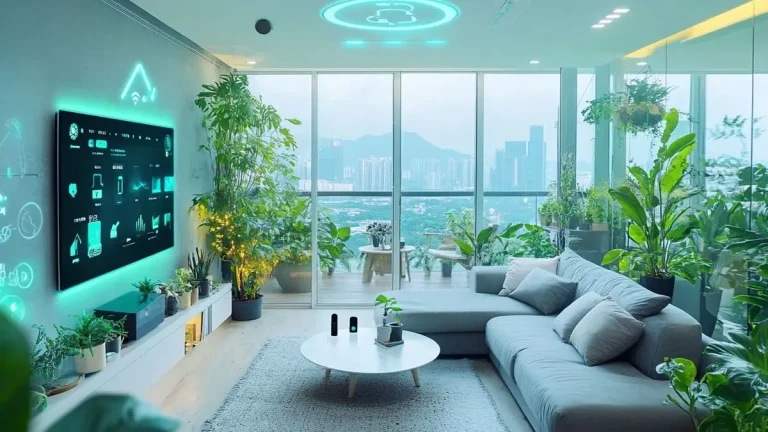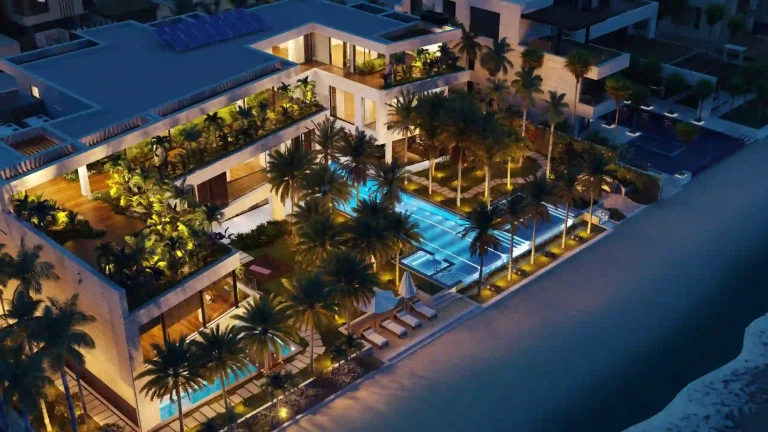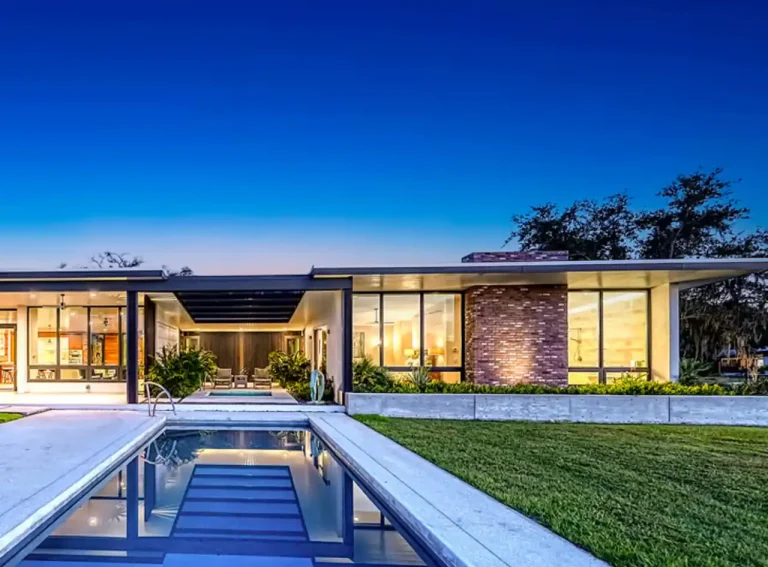Net-Zero Energy Luxury Homes Design – Ultimate Guide & Top Solutions
Understanding Net-Zero Energy Luxury Home Design
A “net-zero energy” (NZE) home is one that, over the course of a year, produces as much (or more) energy from renewables as it consumes. This requires not only exceptional energy efficiency, but also on-site energy generation.
When combined with luxury design, the objective is to deliver architectural beauty, premium finishes, and amenities, all while achieving net-zero performance without compromise.
Key components of net-zero luxury design include:
-
Ultra-efficient building envelope (insulation, airtightness, thermal breaks)
-
Advanced glazing and shading systems to control solar heat gain and loss
-
High-performance HVAC, ventilation, and controls
-
On-site renewable energy systems (solar PV, possibly battery systems, or even small wind)
-
Smart home technology to orchestrate energy flows, monitor performance, and optimize usage
-
Sustainable and high-end materials selected for both aesthetics and low embodied carbon
Designing at this level means architects, engineers, and clients must think holistically: every watt saved in design can reduce the size and cost of energy generation systems.
Luxury clients often demand open floor plans, large expanses of glass, indoor-outdoor transitions, bespoke finishes, and integrated amenities like pools, spas, and entertainment rooms. The design challenge is to deliver all that while minimizing energy loads.
A few architecture firms are already specializing in these high-end net-zero estates. Ralston Architects, for example, integrates passive-house principles and renewable systems in their luxury estates to achieve net-zero goals. Similarly, firms like Claxton + Marsh in Canada build a portfolio of net-zero luxury homes, balancing aesthetic ambition and energy performance.
In short,t: net-zero luxury home design is not about stripping away luxury; it’s about embedding sustainability into every element, so performance becomes invisible to the occupant yet foundational to the building.
Benefits of Net-Zero Energy Luxury Homes
Designing a luxury home to net-zero isn’t just a marketing statement. There are real, measurable benefits. Below are key advantages.
Operational Cost Savings & Energy Security
A well-executed net-zero luxury home drastically reduces (or even eliminates) annual energy bills. The energy consumed by lighting, HVAC, appliances, and systems is offset by on-site renewable generation, typically solar PV. Over a 2530-year life, the savings can be substantial, especially in regions with high utility costs.
Moreover, with energy-producing systems, the homeowner gains energy security, less dependence on the grid, protection against rising utility rates, and resilience during outages (when paired with battery backup).
Elevated Comfort, Indoor Air Quality & Wellness
Net-zero design demands careful control of climate (temperature, humidity) and indoor air quality. With excellent insulation and airtightness, coupled with properly engineered ventilation (heat recovery or energy recovery systems), the home maintains consistent, comfortable environments.
Because every surface, material, and system is questioned during design, low-VOC finishes, superior materials, and optimized daylighting become standard. This means healthier indoor environments free from pollutants, allergens, and fluctuating humidity.
Prestige, Differentiation & Resale Value
In the luxury real estate market, a net-zero home is a strong differentiator. It signifies forward-thinking design, sustainability leadership, and long-term economic value. Buyers increasingly reward homes with energy credentials.
Because net-zero homes often attract premium buyers, they can command higher resale prices or faster sale velocity relative to comparable non-NZE homes.
Future-Proofing & Regulatory Alignment
Global trends show tightening building energy codes, carbon constraints, and climate resilience demands. A home already built to net-zero standards will remain ahead of regulation curves, and may even qualify for incentives, tax credits, or green certifications in the future.
Also, climate variability (storms, blackouts, grid instability) makes energy resilience critical. Net-zero homes with integrated battery systems or micro-generation capacity handle such uncertainties better.
Real-World Product Examples & Integrations
To make the concept concrete, here are real products or systems that luxury net-zero homes integrate. Each is described with use cases, benefits, and where you might procure them.
1. Tesla Solar Roof + Powerwall System
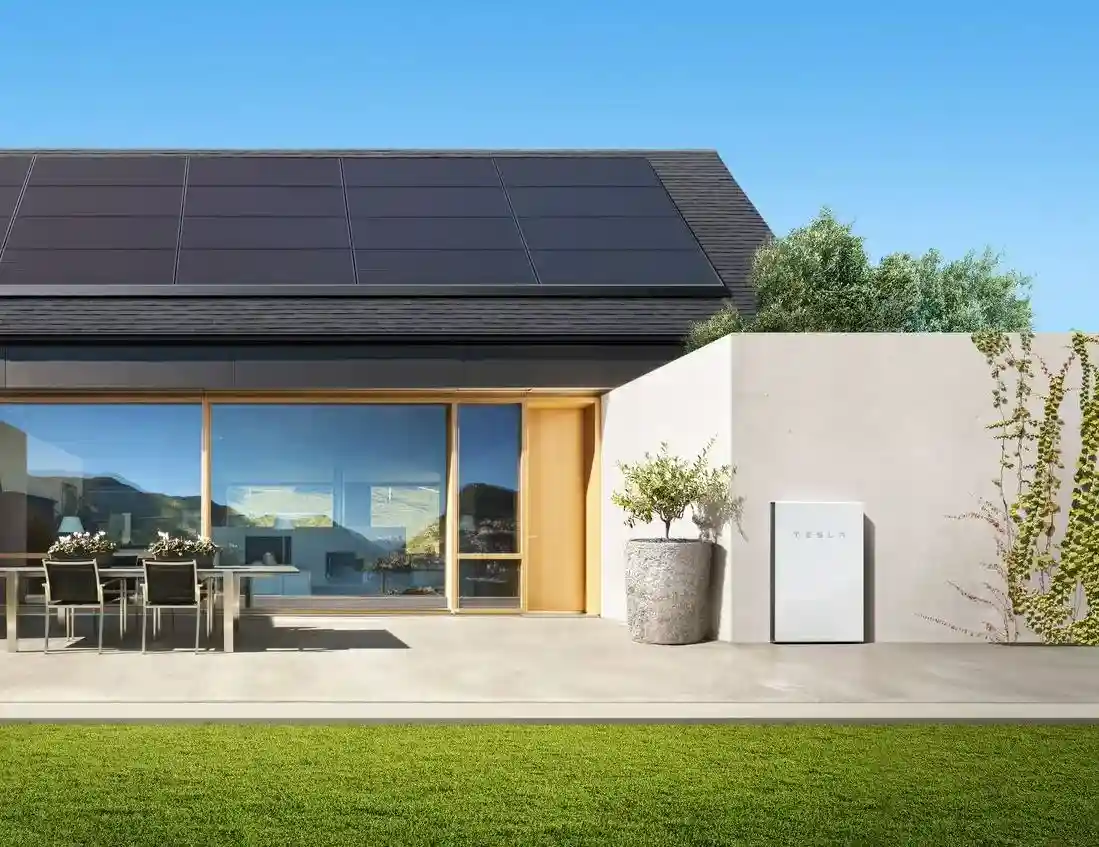
The Tesla Solar Roof replaces conventional roofing with integrated solar roof tiles that both protect and generate energy. Paired with Powerwall battery units, the system stores excess energy for nighttime or grid-outage use.
Why it matters in luxury net-zero homes:
-
Aesthetic integration: the tiles look like premium roofing while serving as PV
-
Scalability: multiple modules and batteries allow expansion
-
Energy independence: excess generation stored and used flexibly
Use case problems solved:
Large luxury roofs often include many planes or architectural complexity. A Solar Roof ensures no visual compromise while delivering generation. Battery backup ensures resiliency during grid failures.
How to buy / where:
You can purchase directly from Tesla via their website. Often, Tesla also works with certified installers in your region.
Buy Tesla Solar Roof & Powerwall
2. SunPower Equinox Solar + Enphase IQ Battery System
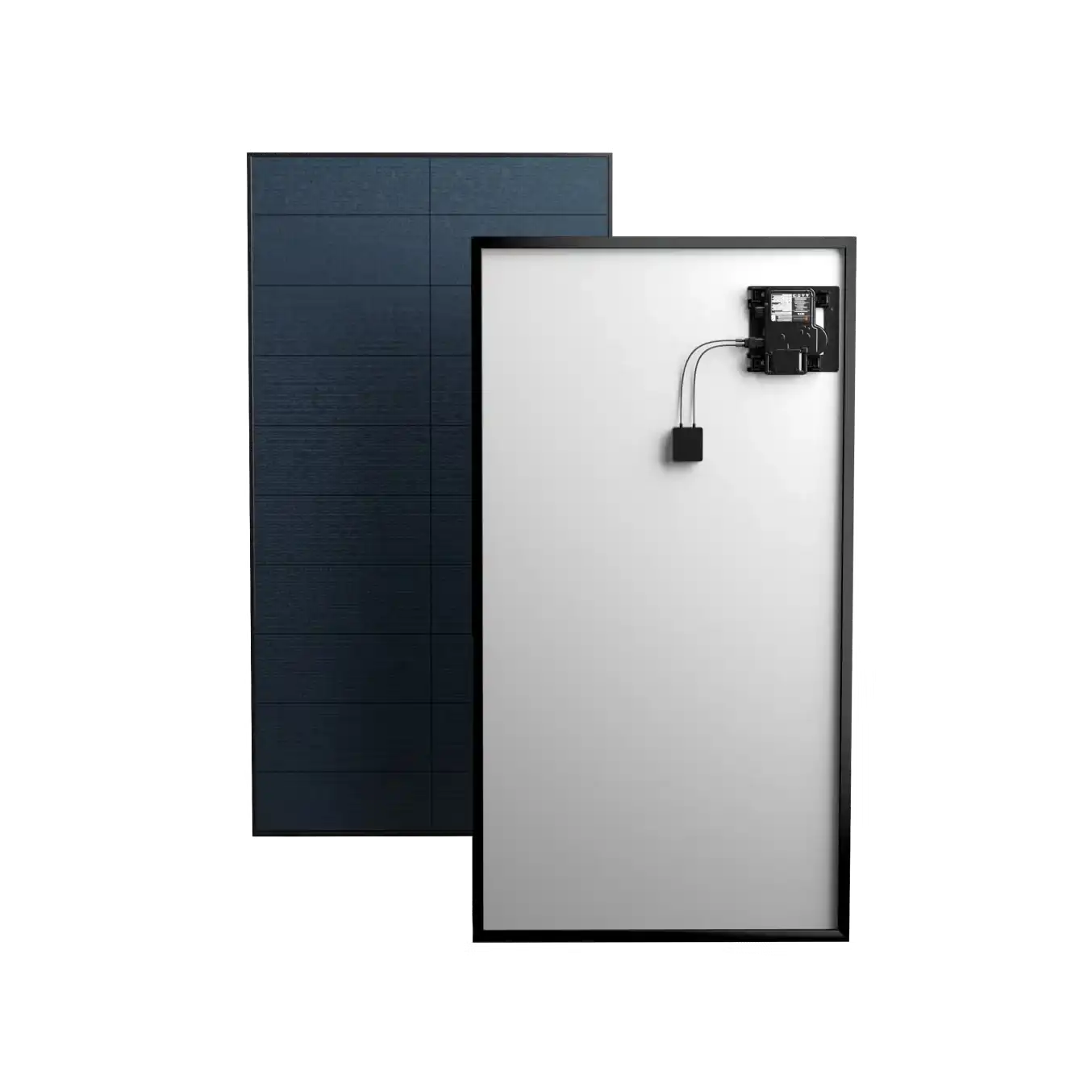
The SunPower Equinox platform delivers high-efficiency solar panels, often exceeding 22% efficiency, along with integrated microinverters. When combined with Enphase IQ batteries, the system becomes a robust energy generation + storage platform.
Benefits:
-
High panel efficiency means fewer panels required
-
Distributed microinverter system improves reliability
-
Smart battery management allows better load balancing
Use case/problem solved:
Some luxury homes have limited roof area or shading constraints. High-efficiency panels plus smart batteries optimize energy yield in constrained scenarios and smooth out fluctuations.
How to buy / where:
SunPower sells via certified dealers and installers. Enphase systems are similarly procured through solar specialty distributors.
Buy SunPower Equinox + Enphase IQ Battery
3. Zehnder ComfoAir Q Energy Recovery Ventilator (ERV)
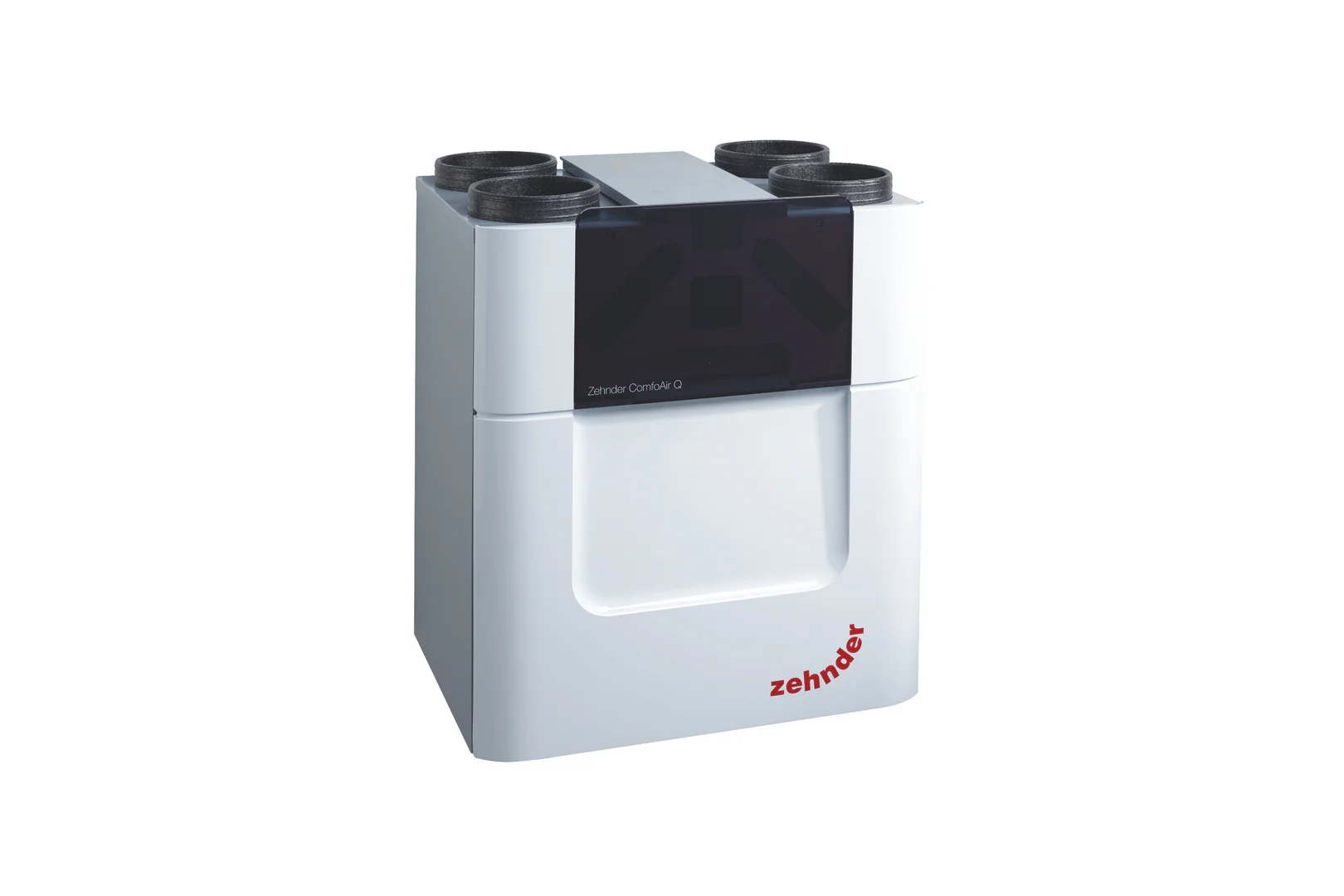
This is a high-grade ventilation system that recovers heat (or cooling) energy from exhaust air and transfers it to incoming fresh air, while also filtering and controlling humidity.
Benefits:
-
Maintains balanced indoor air while conserving energy
-
Ensures fresh air with minimal losses
-
Hygienic filters for better IAQ
Use case/problem solved:
In high-insulation, airtight homes, ventilation becomes critical. Without ERV, indoor air quality suffers, or conditioning loads spike. Zehnder systems permit ventilation without an energy penalty.
How to buy / where:
Purchase via Zehnder distributors or HVAC specialty channels. In many markets, authorized installers carry stock.
Buy Zehnder ComfoAir Q
4. Pella Insynctive Smart Windows / Shades
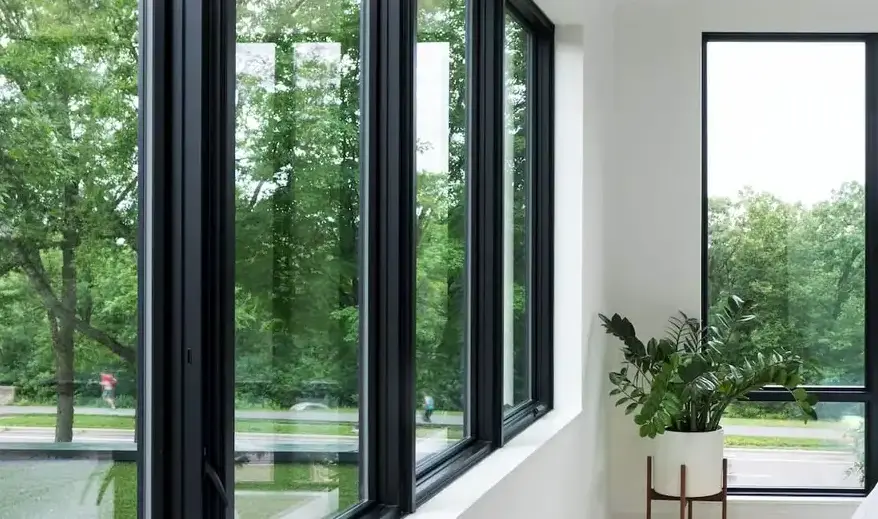
Pella’s Insynctive line enables smart windows and motorized shading systems that can dynamically adjust based on solar gain, glare, or thermal loads.
Benefits:
-
Automatically modulate light and heat entering the building
-
Reduce HVAC and lighting demand
-
Enhance occupant comfort through smart shading
Use case/problem solved:
Large glazing surfaces in luxury homes can cause overheating, glare, or visual discomfort. Smart windows and shades respond dynamically to conditions to maintain comfort and efficiency.
How to buy / where:
Available through Pella authorized showrooms and dealers. Smart automation integrators also carry the line.
Buy Pella Insynctive
5. LG Therma V Geo Heat Pump System
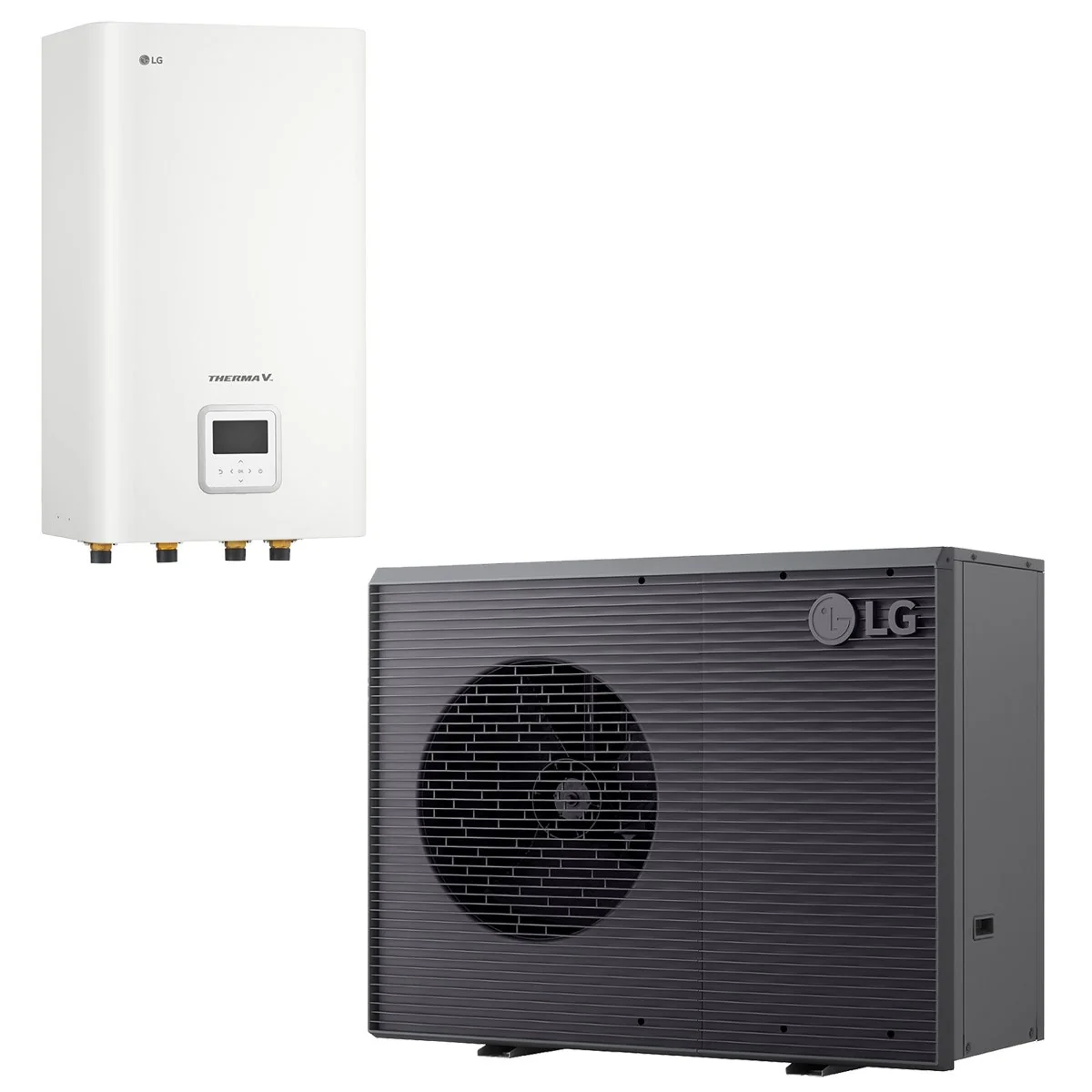
The LG Therma V Geo is a ground-source (geothermal) heat pump system that uses stable underground temperatures to provide heating, cooling, and hot water with high efficiency.
Benefits:
-
Very high COP (coefficient of performance) in many climates
-
Quiet operation, long lifespan
-
Efficient integration with radiant or forced-air distribution
Use case/problem solved:
In climates with extreme seasonal swings or where air-source performance degrades, a geothermal system ensures consistent performance and contributes less to grid load.
How to buy / where:
LG’s commercial/building solutions division or HVAC distributors can supply the unit. Certified installers are recommended.
Buy LG Therma V Geo
How These Products Solve Problems & Where They’re Needed
Reducing Peak Loads & Infrastructure Oversizing
Luxury homes often require robust systems to serve pools, spas, multiple HVAC zones, entertainment areas, and extensive glazing. These demands can lead to oversized mechanicals, high upfront costs, and inefficiencies.
By combining high-efficiency systems (solar, battery, ERV, geothermal) with smart controls, the net-zero design avoids oversizing while meeting peak loads elegantly.
Managing Passive Solar Gains and Overheating
Large windows, open plans, and premium finishes are common in luxury homes, but they can cause solar heat gain, glare, or cooling loads. Smart windows, shading systems, and dynamic glazing solve these issues by controlling light and heat in real-time.
Ensuring Air Quality in Airtight Envelopes
High insulation and sealed envelopes are essential for net-zero performance, but that restricts natural infiltration. Ventilation systems like Zehnder ERV ensure fresh air exchange without sacrificing heating/cooling efficiency.
Energy Storage & Off-Grid Security
Solar generation peaks during daylight; usage peaks occur in the evening. Battery systems (Tesla, Enphase) provide bridging, load shifting, and blackout resilience, making the home truly self-reliant.
Climate Variability & Efficiency
In regions with extreme heat or cold, geothermal systems like LG Therma V provide stable, efficient HVAC capability that outperforms many air-source systems. In concert with solar and smart controls, they maintain a net-zero balance even under stress.
Use Cases & Why People Need These Solutions
Ultra-Luxury Homes in Remote Locations
When you build a luxury home far from grid infrastructure or in remote settings, you may not have reliable grid access. Net-zero systems with battery storage serve as a virtual mini-grid, ensuring luxury living without line dependency.
High-Energy Amenity Loads
Homes with indoor pools, spas, wine cellars, home cinemas, and wellness zones have high energy demand. Net-zero design ensures these amenities don’t create perpetual bills; they become part of a self-sustaining system.
Ambitious Sustainability Goals
Elite clients and green-minded buyers often push for minimal carbon footprints. Net-zero luxury homes deliver a statement of environmental leadership combined with refined architecture.
Long-Term Financial Prudence
Over the decades, energy performance has become a financial anchor. Owners of net-zero homes generally pay less to maintain and operate their homes, reducing exposure to utility inflation.
Climate Resilience & Future-Proofing
With more frequent grid disturbances (climate storms, heat waves, blackouts), resilience is critical. Battery backup, generation redundancy, and smart controls allow the home to maintain essential functions even under stress.
How to Buy & Where to Procure
Creating net-zero luxury homes demands a procurement approach as rigorous as the design. Here’s a recommended workflow:
-
Select experienced integrators and consultants
Choose architects, MEP engineers, and renewable energy consultants with prior net-zero luxury experience to specify accurate sizing and solutions. -
Issue product submittals early
Before ordering, require datasheets, performance models, certifications (e.g., energy ratings, warranties). Ensure compatibility across systems (solar, battery, geothermal). -
Source through certified distributors
Use authorized dealers or distributors of Tesla, Enphase, LG, Zehnder, Pella, etc. They often have performance support, design integration, and warranty assurance. -
Stagger long-lead items
Solar inverters, battery systems, geothermal pumps, and glazing systems often have extended lead times. Order early to avoid schedule delays. -
Quality control in delivery and installation
Inspect equipment on delivery. Use factory-run testing where possible. Ensure installation follows manufacturer guidance, especially for sealed and critical systems (like air barriers, ventilation duct runs). -
Commission and monitor
Use commissioning agents or consultants to verify system operation against design. Integrate monitoring dashboards to track generation, loads, battery state, HVAC usage, and optimize over time. -
Offer premium installation options to clients.
For affiliate-style sales or specification contracts, negotiate a margin or referral commission with local installers or distributors.
Implementation Roadmap: Step-by-Step
To bring a net-zero luxury home from concept to completion, follow this structured path:
-
Feasibility & site analysis
Assess sun paths, shading, wind, grid connectivity, soil conditions (for geothermal), and roof layouts. -
Schematic design & energy modeling
Run energy models early to test envelope decisions, glazing, shading, system sizing, and battery needs. -
Integrated system selection
Choose synergistic products (solar + battery + HVAC + ventilation) that work together, not as separate add-ons. -
Material selection & detailing
Specify materials for low embodied carbon, durability, and aesthetic value. Seal continuity, thermal breaks, and integration of smart shading/window systems. -
Procurement & scheduling
Lock in long-lead items, sequence deliveries and installation, and coordinate trades with precision. -
Construction & quality control
Monitor air barrier continuity, insulation installation, and duct sealing, and ensure trades adhere to design goals. -
Commissioning & performance testing
Perform blower door tests, system balancing, battery performance checks, solar output validation, and calibration of controls. -
Monitoring & optimization
Use dashboards to adjust setpoints, battery scheduling, system tuning, and detect underperformance. -
Client training & documentation
Educate occupants on system usage, smart app functions, energy-saving behaviors, and maintenance schedules. -
Post-occupancy evaluation
Review actual performance vs. modeled results, adjust systems, and refine for next projects.
By following these steps, you minimize risk, ensure performance, and deliver a luxury home that transcends aesthetics, and it becomes a living, efficient machine.
FAQ
Q1. Does building a net-zero luxury home cost significantly more than a conventional luxury home?
A1. Yes, there is typically a premium often in the range of 5% to 15% extra cost, depending on climate, site complexity, and product choices. However, much of this is offset over time through energy savings, lower maintenance, and reduced utility burden. Because high-end buyers expect high performance, this cost premium is often acceptable in the luxury segment.
Q2. Can a net-zero luxury home function in all climates (hot, humid, cold)?
A2. Absolutely. The key is climate-specific design. In cold zones, extra insulation, thermal mass, and geothermal systems help. In hot and humid zones, shading, reflective materials, dehumidification, and smart ventilation are critical. The core principles remain the same: optimize envelope, reduce load, and generate renewable energy.
Q3. How long before the energy systems pay back their cost?
A3. Payback periods vary, but many net-zero systems in luxury homes can achieve e simple payback in 10–20 years, depending on energy costs, incentives, system sizing, and user behavior. When you factor in the increased property value, resilience, and avoided utility inflation, the true return is often higher.
